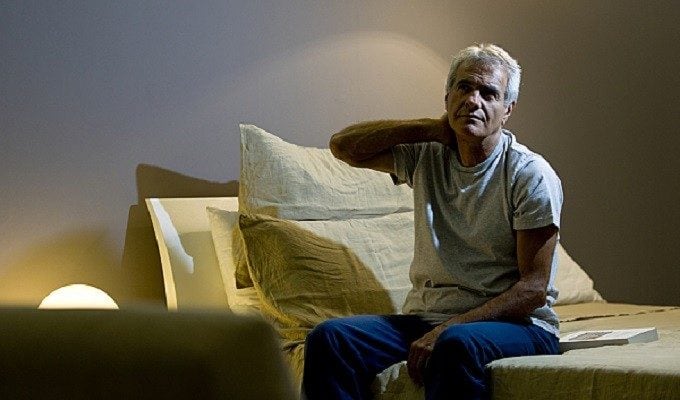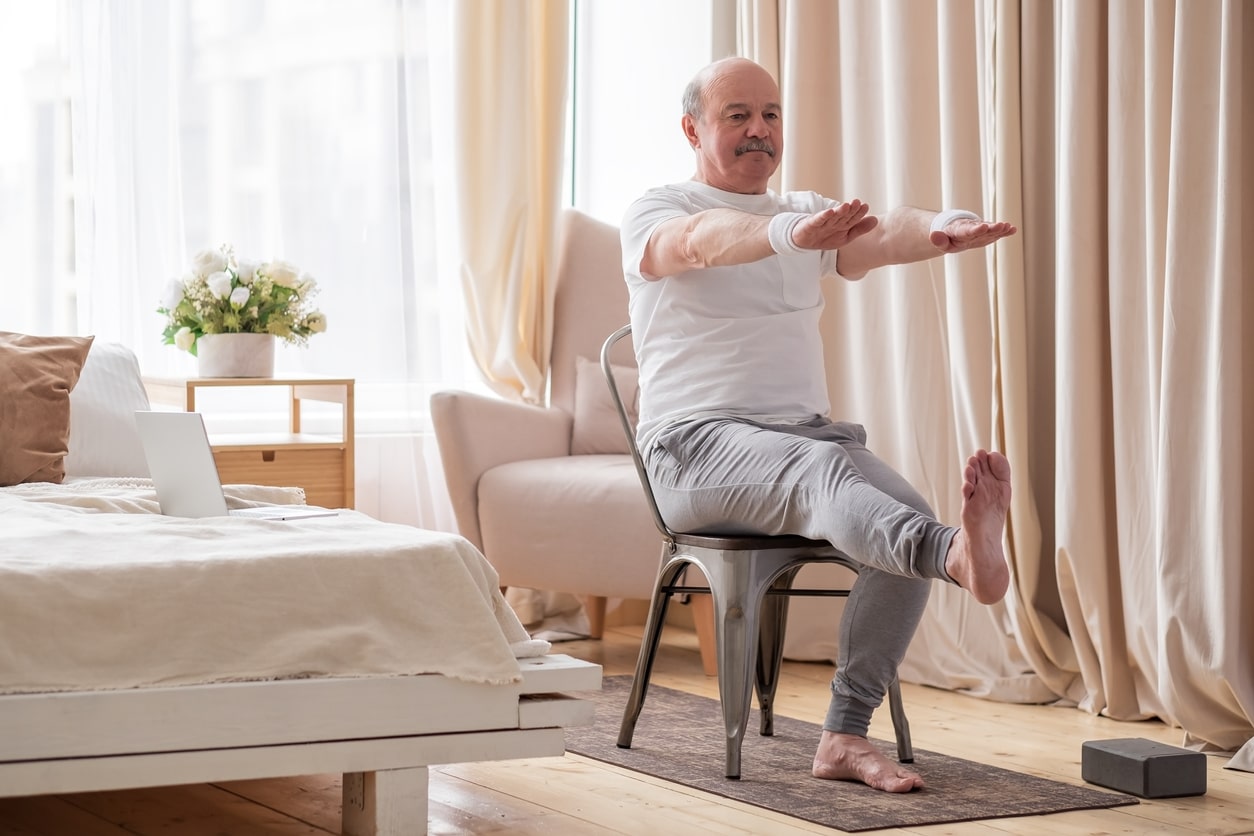Did you know that each year one out of three seniors suffers from a fall? In fact, more than 1.6 million seniors annually make a trip to the emergency room because of it. Don’t become a statistic! One way to prevent falls in the home is with motion detector lights. You may be familiar with this technology already since many grocery stores use a motion detector light to illuminate frozen food when customers walk by. For home users, motion detector lights are typically used as a part of burglar alarms or other home security systems, but for older adults, these lights also have another use: preventing falls.
How It Works
The basic concept of motion detection is simple. The light contains an active sensor, and when that sensor registers a change in the environment (movement, sound waves, etc.), it activates the device, turning on the light. Since this technology is based on movement, seniors do not need to worry about activating their lights while in bed or otherwise relaxing. Motion sensors look for a more rapid movement than shifting in a chair. When someone walks or makes a big gesture with his or her arms, then a motion sensor will notice the activity.
How Do Motion Detector Lights Benefit Seniors?
One of the biggest risks to seniors is falling. As people age, their bodies are less able to withstand the impact of a sudden collision with the ground. Consider: What are some main reasons that people fall? They shift and lose their balance or they trip! A well-lit area can be the scene of much less falling because people can see potential obstacles and navigate around them.
Think about when you wake up in the middle of the night. How far away is a lamp or a light switch? The risk of a fall increases the farther away the light switch is from the bed. You may not remember what’s on the floor — there could be a robe, a pet, or a stray pair of shoes. Motion detector lights remove the need for guesswork by brightening a room as soon as you start to move. Once you start to get out of bed, the lights can come on, and you won’t have to worry about the obstacle course between you and the light switch.
Most importantly, motion detection technology can help seniors continue to live independently just as they have for years. Motion detection sensors can be linked with other devices in the home to produce medical alerts, or even start a coffee maker. Since motion detection is at the root of a diverse range of technologies, homes outfitted with motion detector lights can easily be set up to accommodate other tasks.
If you do fall, it’s important to know how to recover after you’ve fallen. But fall prevention is also key. Motion detector lights can help you or someone you love stay safe from falls and other injuries. They support independent living and have many exciting applications.




